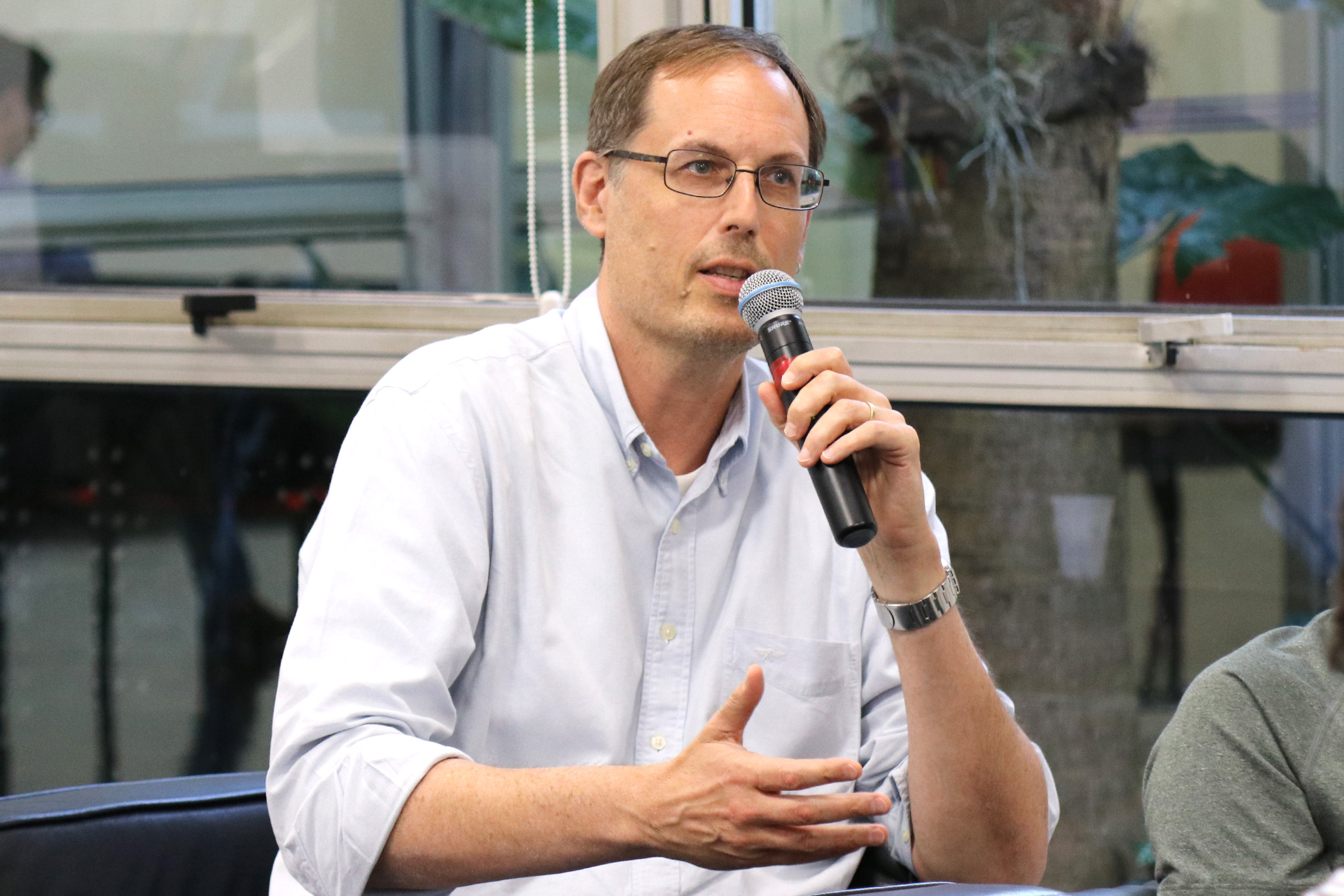
DR. DIANA DULIĆ
Universidad de Chile, Santiago de Chile.
Dr. Diana Dulić (Physics Department, Universidad de Chile, Santiago de Chile) is a prominent researcher in the field of Molecular Nanoelectronics and charge transport in low-dimensional materials. She has made significant contributions to the field of single-molecule electronics, particularly by pioneering the use of the mechanically controllable break junction (MCBJ) technique for investigating charge transport in conjugated, functional molecular wires. Her work has addressed fundamental issues in charge transport at the single-molecule level and has gained recognition in the scientific community. Her work has resulted in publications in high-impact journals including the prestigious Nature, two Nature Nanotechnology, two Angewandte Chemie, one Advanced Materials, three Chemical Science, one Chemistry of Materials, two Nanoscale, and four Physical Review Letters. Her early work published in Physical Review Letters (2003) has over 500 citations, and her work on tunable image charge effect published in Nature Nanotechnology (2013) has received more than 240 citations. Furthermore, her recent achievements in proposing a design for a ‘perfect porphyrin molecule’ suitable for the MCBJ experiment (Chem. Sci. 10, 2019 led to the synthesis of more complex mechanosensitive porphyrin-based molecules with well-defined conductance response (Nanoscale 14, 2022 & Chemical Sci.13, 2022). Dr. Dulić has been invited to speak at major scientific conferences such as the American Chemical Society (ACS), the International Conference on Materials for Advanced Technologies (ICMAT), the International Conference on Magnetism (ICMM), and Pacifichem. In recent years, she has diversified her research interests to investigate charge transport in 2D materials, with a focus on developing sensors for space applications using graphene and other 2D materials.















